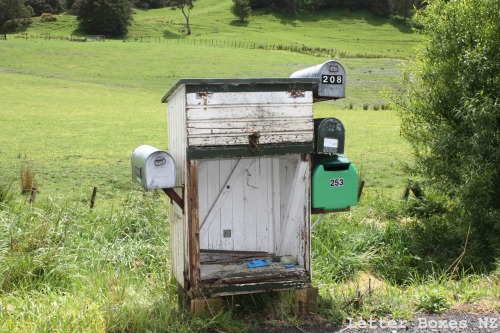

(See, for example, The Painted Chairs Project by Australian PEN, a concept which has since spread elsewhere.)
Here in New Zealand we call it Courage Day. Dr Nelson Wattie, the New Zealand Society of Authors (NZSA) PEN representative, began our Courage Day meeting at the Thistle Inn on Friday by introducing our three speakers: John Morgan, human rights spokesperson for the United Nations Association of New Zealand, Jan Logie MP, human rights spokesperson for the Green Party, and Nicky Hager, investigative journalist (or as Nelson said, “uncovering secrets is his job.”) As well as setting out the Empty Chair, Nelson also read out a letter from the head of Turkish PEN, Tarık Günersel.
John Morgan used a scene from Julius Caesar (the death of the poet
Cinna) to point out that threats to freedom of speech are not a new thing. He quoted
from Seamus Heaney and Czeslaw Milosz and said that we should support writers
who wish to write about life in Aotearoa /NZ with the same honesty as Heaney
and Milosz, and one of the best ways to support them is to buy their books.
Last week Jan
Logie was on a human rights mission in Sri Lanka ahead of
the Commonwealth Leaders' summit. She made the news when she was detained for 2 hours at her hotel by
immigration officials before having her passport returned and taking a flight back to New Zealand.
Jan Logie said that her recent experience in Sri
Lanka had given her a new appreciation of freedom of speech and
expression. A haunting memory from her
trip was a visit to a newspaper office in the north of the country where
photographs of dead journalists were pinned to the walls. Despite the war, this
paper had not missed one issue in 30 years, even when it had to print pages on
old school exercise books. In contrast, she said she felt “blessed” to live in NZ,
but “we can’t be complacent because freedom of expression is so important.” Jan
drew us a compelling picture of the possible threats to freedom of expression in
different sectors of our society, including State Services, the media, the
workplace, policing, education, the community and voluntary sector and public
space.
Nicky Hager said that people overseas had told him about his work, “if you wrote things like that in our country, you
would be in prison.” He said, “by luck of birth we live in a country where you
don’t get put in prison for speaking out, but something’s not right.” There are
subtle reasons why people don’t speak out, even when they have freedom of
speech. These include secrecy about how things are done (“you can’t talk about
what you don’t know about”) and the fact that we no longer hear from many of
the voices who traditionally used to speak out.
Another reason is the changing face of the media,
and Nicky said this was one of the easiest areas to tackle and solve. He
pointed out many of these changes and their impact. In a digital age, there is
no longer a regional monopoly on news, because local advertisements can
be placed on many other sites, so the commercialised media model is dying. We
are all aware of these changes (eg in the shrinking size of our newspapers or
the loss of TV channels) but we haven’t yet seen the “big picture” and the need
to change the fundamental way that the media works. Nicky said there is a need
for a new economic model, because we still need news and it should be seen as a
public good, like education or health. We need to start talking about this and
ideally he would like to see political parties adopting “democracy policies”
and pledging to take action on the weakness of the media by putting money into
supporting it.
Some interesting questions followed, including
how news is affected by the immediacy of comments on Facebook and other social
media sites. Nicky felt there were some positive aspects to this, but social
media is not “mass” media and doesn’t provide a reliable, checked, ongoing
source of news. People go to their favourite sites and don’t hear each other;
when you read blogs, “you go to people who think the same as you and it all
sounds right.” Jan pointed out that social media can be useful for direct
communication online, because the Greens are often not covered by the mass
media, but it is “a band-aid, an amelioration, not a fix.”
A final word from Nicky Hager: “When I come back
from overseas, I think I should use our freedoms to their greatest extent.”
And from Nelson Wattie: “Freedom of expression
is even important in your private lives. If you don’t talk about these issues in everyday
situations, around the dinner table, you won’t have the courage to do it in
public forums.”












































